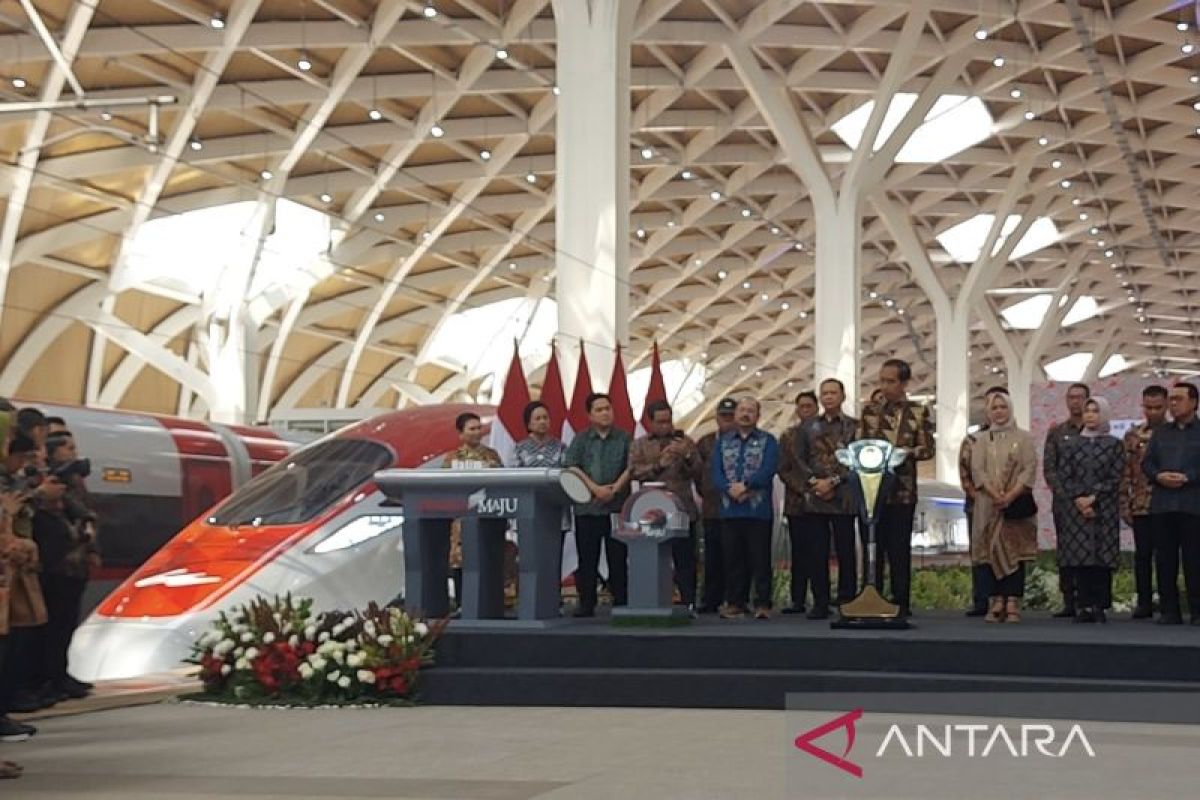"Through the KCJB project, we will reap various benefits for our nation, starting from the creation of new jobs," he noted during the inauguration of the KCJB operation at Halim Station in Jakarta on Monday.
The minister highlighted that local communities stood to benefit, with the provision of a multiplier effect in the form of other modes of transportation or feeder vehicles.
According to Pandjaitan, the public transportation ecosystem creates economic growth in areas passed by high-speed train lines as well as the transfer of advanced technology, especially in the field of construction and modernization of railway systems.
"In future, we hope that KCJB will encourage people to use public transportation more in order to reduce carbon emissions from private vehicles," the minister remarked.
Pandjaitan also thanked President Joko Widodo for inaugurating the operation of KCJB on Monday.
"Hopefully, this achievement in the transportation sector with KCJB can be continued by future generations," he affirmed.
KCJB, or known as Whoosh, can speed up to 350 kilometers per hour and connects Tegalluar in Bandung, West Java, with Halim in East Jakarta. This high-speed train can cut travel time between the two cities, from three hours to 45 minutes.
The name Whoosh stands for Saving Time, Optimal Operation, and Great System.
The train stops at four stations namely Halim Station, Karawang Station, Padalarang Station, and Tegalluar Station in West Java.
The high-speed train features a spacious and modern design with three classes, with a total capacity of up to 601 passengers, along with a special room for the disabled.
This train applies a Transit Oriented Development (TOD) concept to ensure an integrated service system with various types of transportation modes, an array of culinary delights, and other facilities.
Translator: Andi Firdaus, Resinta S
Editor: Azis Kurmala
Copyright © ANTARA 2023












